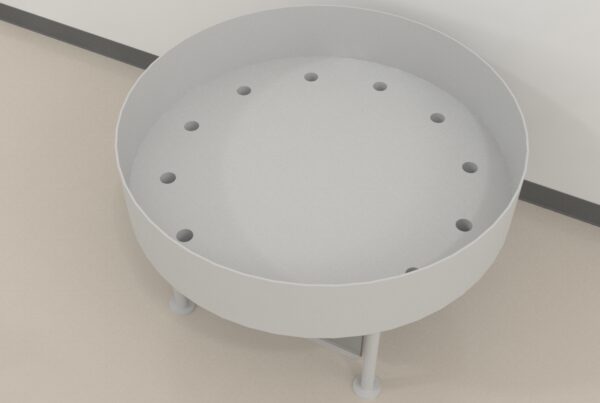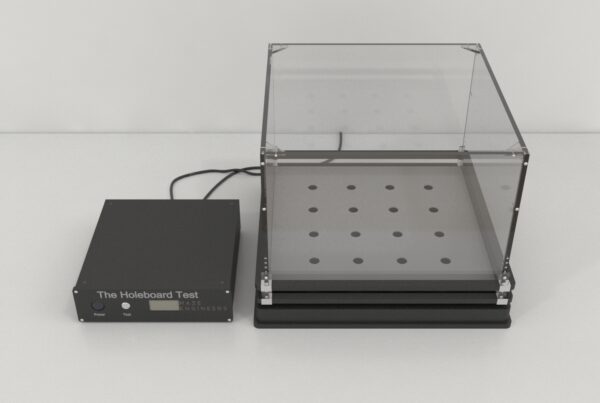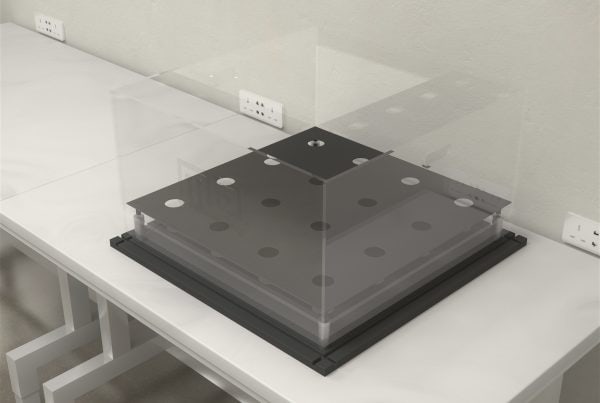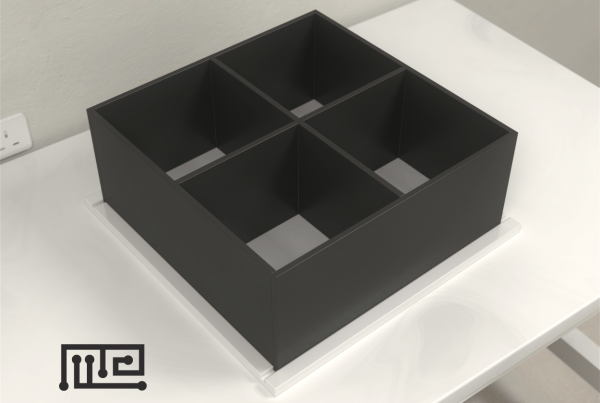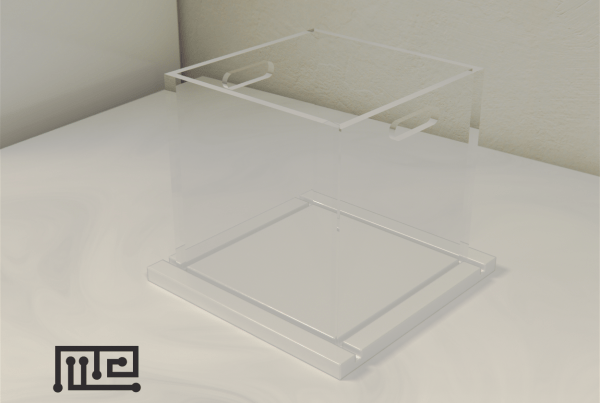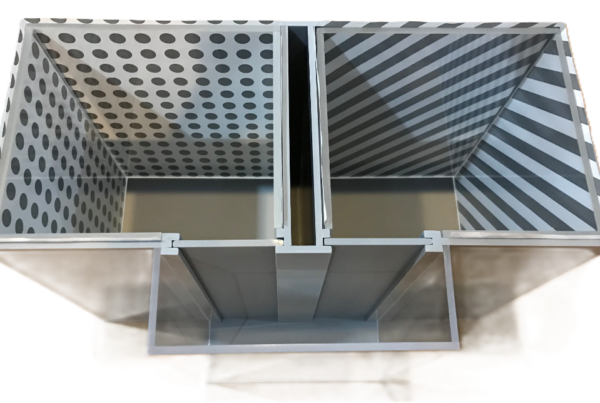Exploratory behaviors exist across all organisms. These behaviors enable the organism to learn and adapt to its surroundings. Exploration can be broadly classified as extrinsic and intrinsic exploration. While extrinsic exploratory behavior is associated with an external reinforcement, intrinsic exploratory behaviors tend to be independent of external reinforcements. Wood-Gush and Vestergaard (1989) further divided intrinsic exploration into inspective exploration that involves inspection of an object or surrounding, and inquisitive behaviors aimed at making a change rather than responding to change.
Exploratory behaviors may be the result of different motivations such as foraging in animals or simply curiosity as seen in a toddler exploring a novel object. Mc Reynolds (1962) suggests three possible classifications of exploratory behavior based on the type of motivation;
- Novelty-adjustive Behavior: These exploratory behaviors can be said to be aimed at minimizing or eliminating the novelness of a stimulus in order to elevate the ambiguity or anxiety associated with it. These behaviors can be attributed to situations wherein confrontation with novelty is not self-initiated.
- Novelty-seeking Behavior: These exploratory behaviors are often observed in situations where a choice or preference is involved. Unlike novelty-adjustive behaviors, novelty-seeking behaviors are catered by the organism’s own choice or curiosity for novelty.
- Goal-oriented Novelty-seeking Behavior: These novelty-exploring behaviors are encouraged by a reward rather than the novelty itself. An example of this behavior can be foraging by animals in a new environment.
Berlyne (1950) suggested that curiosity is the underlying motivation for exploratory behaviors. Exploratory behaviors are often considered markers of healthy development in infants and children. Bornstein, Hahn, and Suwalsky (2013) observed that active exploration during infancy has an observable impact on cognition and intelligence as the child develops. On the other hand, children with intellectual disabilities, such as those with Autism and Down Syndrome, exhibit differences in certain measures of explorative behaviors (Kawa, & Pisula, 2010). Exploratory motivations also provide insights into psychiatric disorders such as Schizophrenia (Siddiqui et al., 2018), neurodegenerative diseases such as Alzheimer’s disease (Daffner, Scinto, Weintraub, Guinessey, & Mesulam, 1992) and brain injury, among others.
Animal assays that involve assessment of explorative behaviors are popular in investigating anxiety and anxiety-related behaviors. In general, an animal’s inquisitive nature makes them explore novel surroundings or objects over familiar ones. However, exposure to extreme novelty can be detrimental to the animals. Another area of application is in learning and memory assessment. Since the recognition of novelty requires familiarization and learning of previously encountered contexts and stimuli, exploratory behaviors can provide insights into learning and memory impairments in different animal models.

